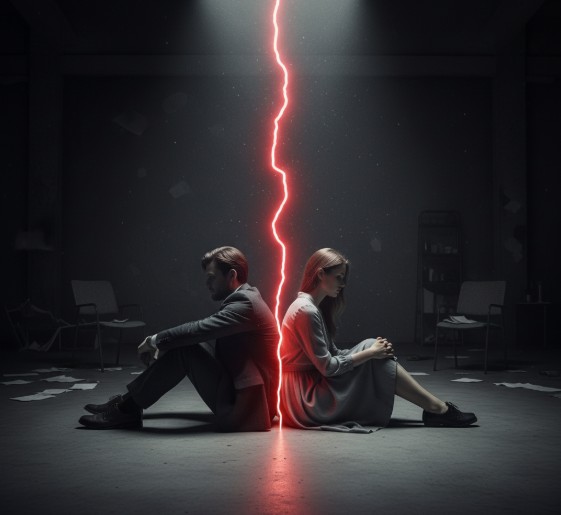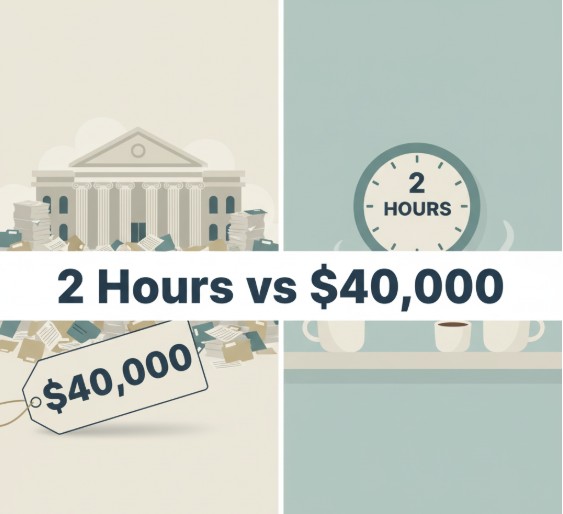The Assumption: “We’re Too Far Gone”
When he first called my office, his voice carried a heavy mix of frustration and resignation.
“My wife and I can’t even be in the same room. Mediation won’t work for us—we’ll need attorneys.”
He wasn’t wrong about the distance between them. Years of silence, blame, and resentment had carved a canyon that neither thought could be crossed.
Hiring lawyers and preparing for a courtroom battle seemed like the only path forward.
But instead of accepting that inevitability, I offered something different:
The Two-Hour Test.
No commitment. No risk. Just two hours to see if mediation could accomplish anything—before they poured tens of thousands into litigation.
The Setup: Separate Rooms, Separate Stories

To keep things safe and balanced, we started virtually—each spouse in their own Zoom room.
- He unloaded years of frustration.
- She shared her doubts and fears.
Both needed to be heard without interruption, without judgment.
Then, I noticed something. Hidden in their words were overlapping goals—both wanted closure, financial stability, and peace for their children. They just couldn’t see it through the fog of anger.
That’s when I suggested the next step: “What if we tried a short joint conversation?”
The Turning Point: From Walls to Words
It was tense at first. Years of hurt don’t dissolve instantly. But slowly, with guided dialogue, something shifted.
Instead of defending, they started listening.
Instead of rehashing, they started imagining solutions.
For the first time in years, they weren’t adversaries—they were collaborators.
By the end of those two hours, the “impossible couple” had built a framework for their divorce agreement.
The Results: Numbers Tell One Story, Relief Tells Another

- $40,000+ in legal fees avoided — one session versus 8–12 months of litigation
- No court appearances — no public battle, no unpredictable judge
- Communication restored — they spoke directly, without attorneys as middlemen
- Collaborative closure — both chose to finalize the divorce together, through my office
When the session ended, something remarkable happened. They waived potential conflicts of interest and asked me to continue guiding them.
The couple, who once said “mediation will never work for us,” left as partners in resolution—so at peace that they even joked about having coffee together.
Why This Matters for You
Here’s the truth most people don’t know: mediation isn’t just for couples who already get along. It’s for couples who are stuck, hurt, and ready to give up.
This case demonstrates that even when communication has broken down, mediation can still succeed—if the process creates a space for safety, listening, and structured dialogue.
That’s what the Two-Hour Test is designed to do.
If you’re staring down the barrel of litigation, give yourself two hours before you give away $40,000.


